Barney Frank: Don't Blame Bill Clinton For 'Don't Ask, Don't Tell'
In late February 1994, President Bill Clinton instituted a policy for the armed forces that allowed gay members to serve provided they weren’t openly gay.
“Don’t ask, don’t tell” was billed as a compromise between Clinton’s campaign pledge to allow openly gay members to serve and insistence from military brass that doing so would imperil morale. But, if anything, it was a defeat for the newly elected president. “Don’t ask, don’t tell” effectively placed gay and lesbian service members into a lesser class. And for the subsequent decade and a half, as the law remained stubbornly in place, Clinton’s legacy took a hit for it.
In the latest episode of the “Candidate Confessional” podcast, one of the chief legislators responsible for overturning “don’t ask, don’t tell” says this criticism of Clinton is “unfair.”
Former Rep. Barney Frank (D-Mass.) says the compromise Clinton ordered was largely the result of circumstances outside his control. As Frank recalls, Clinton hadn’t intended to make gays in the military the first (major) issue he confronted after winning election. But a ruling that came before he took office ― in which a federal judge said the existing prohibition on openly gay service members was unconstitutional and ordered the reinstatement of a gay service member ― forced his administration to take a position (by either appealing the decision or not).

Frank himself didn’t help matters when he let slip to The Washington Post’s David Broder during the transition between the George H.W. Bush and Clinton administrations that the latter intended to ax the ban.
But the real precipitating event came from Congress. With Clinton contemplating issuing an executive order that would have allowed for openly gay service members, congressional Republicans threatened to put an amendment into the Family and Medical Leave Act, a bill Clinton desperately wanted to sign into law, that would have made the prohibition on lesbian, gay, bisexual and transgender military service a statutory provision. Enough Senate Democrats said they’d support the measure that a Clinton veto would have been overridden. He was left with a choice.
“Either you accept writing into permanent law the ban or you disappoint this big promise,” Frank recalls. “So they agree to [vote] without the amendment to the Family and Medical Leave Act in return for Clinton holding off on an executive order. So the Family and Medical Leave Act becomes law.”
Frank had other criticism with how the issue was handled at the time. He said the LGBT advocacy community dramatically misplayed its hand, mainly in assuming that lawmakers could be flipped by the end of the debate rather than demanding they take positions immediately.
“The problem was … our opponents lobbied congress and my guys had rallies,” he says. “The offices were getting flooded with antis. The pro gay groups were having rallies.”
But history has been far harsher toward Clinton than toward the advocacy community or the congressional Republicans who forced his hand ― a reading of the debate that Frank says is fundamentally misguided.
“People have unfairly said, ‘Well, why did you make that the first issue of the presidency?’” he says. “And the answer is, we didn’t. We didn’t want it to be. But we had no choice.”
Listen to the full episode above.
“Candidate Confessional” is produced by Zach Young. To listen to this podcast later, download it on Apple Podcasts. While you’re there, please rate and review our show. To subscribe, visit the following: Apple Podcasts / Acast / RadioPublic / Google Play / Stitcher / RSS
Previously On 'Candidate Confessional'
While Democrats Reveled In Donald Trump's Rise, Hillary Clinton's Campaign Panicked
Bernie Sanders' Team Explains Why He Won't Hand Over His Donor List
How Bill Kristol Briefly Blew Up The 2016 Presidential Race With A Single Tweet
How Congress Utterly Failed In Its Response To The Sandy Hook Shooting
How A Tea Party Darling Became Washington's Cautionary Tale
Hillary Clinton Campaign Aide To Press: We Told You Russia Was A BFD
How The Cocaine Congressman Was Undone By Sheep
The Inside Story Of How Bernie Sanders Became The Greatest Online Fundraiser In Political History
You Don't Have To Run For President To Experience The Viciousness Of The Internet
How A Senator Went From Parroting The NRA Line To Making Gun Control His Life's Work
Inside The Creation Of The Best Campaign Ad Of 2016
Also on HuffPost
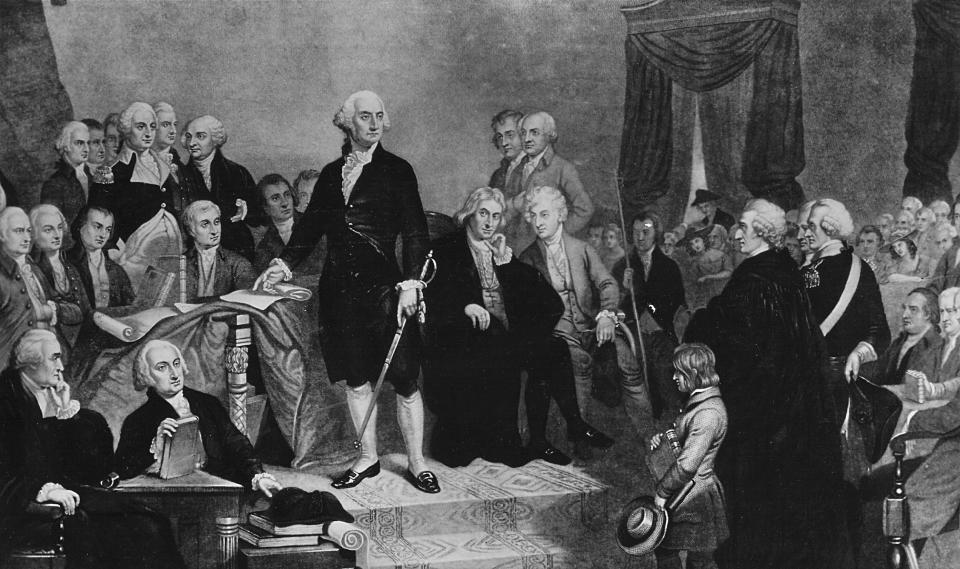
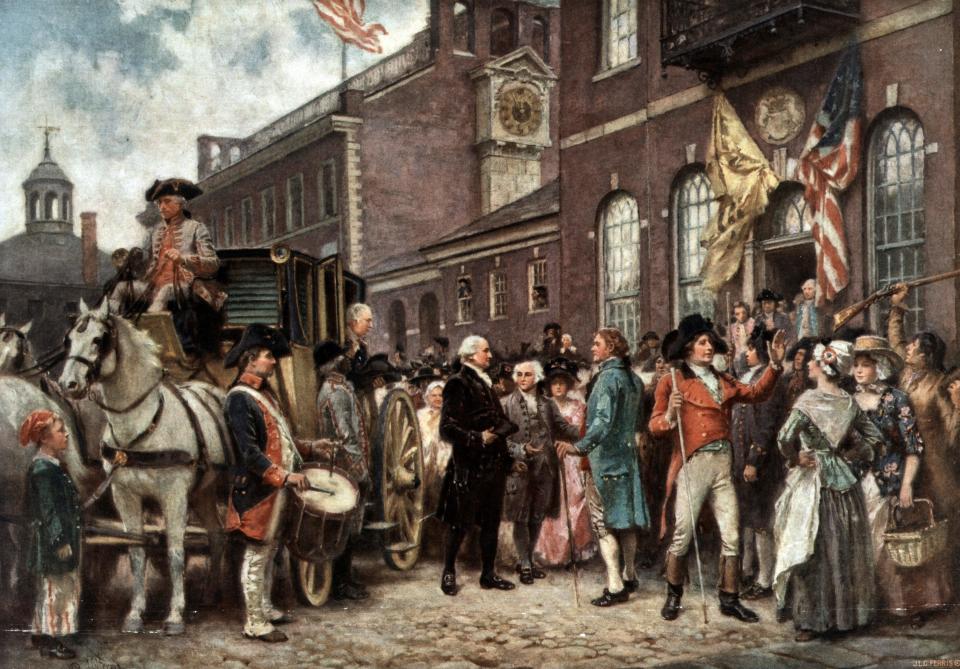
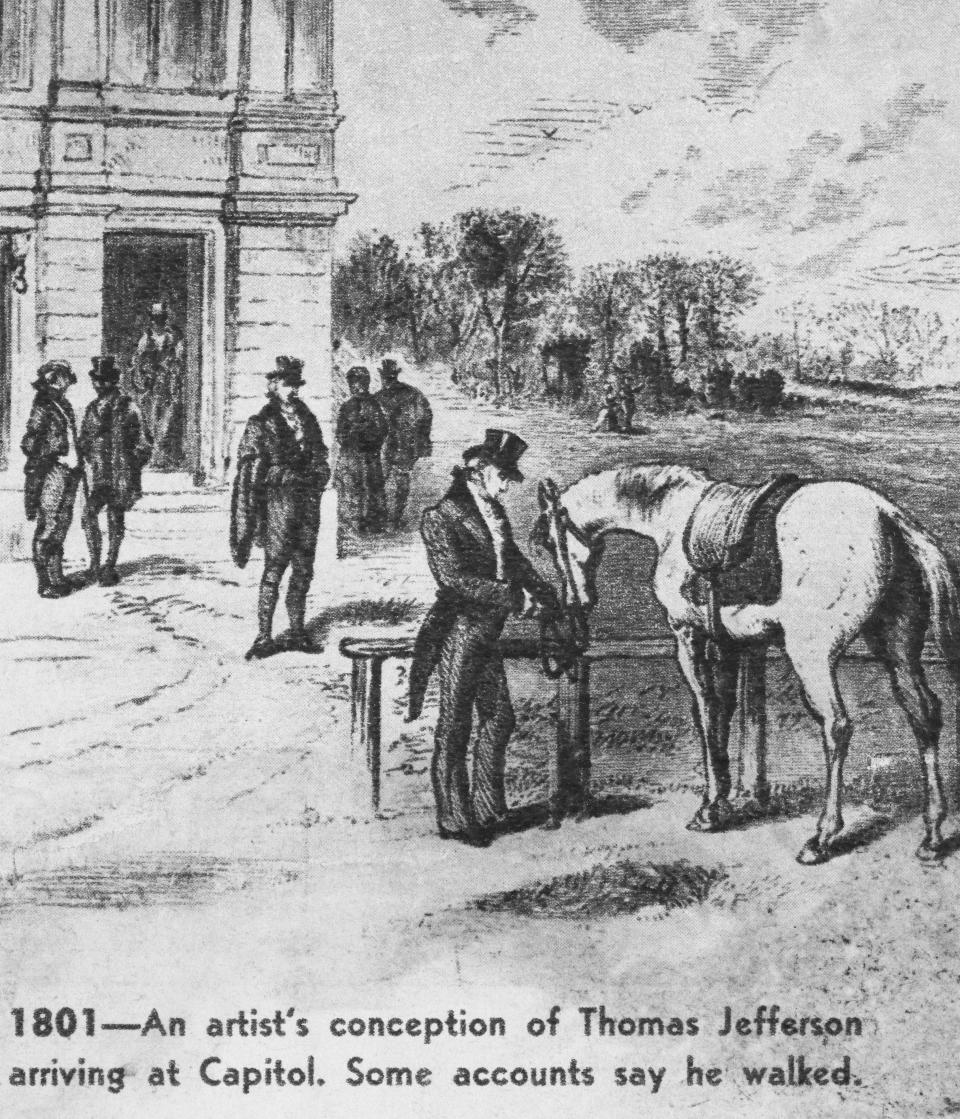
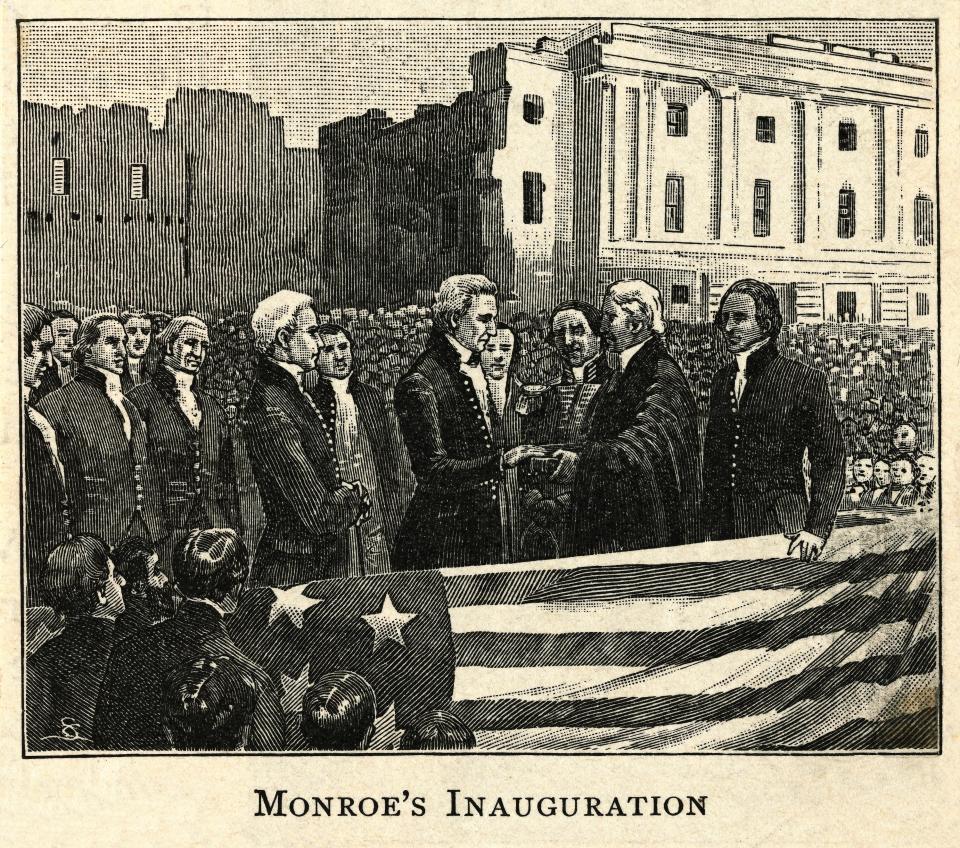

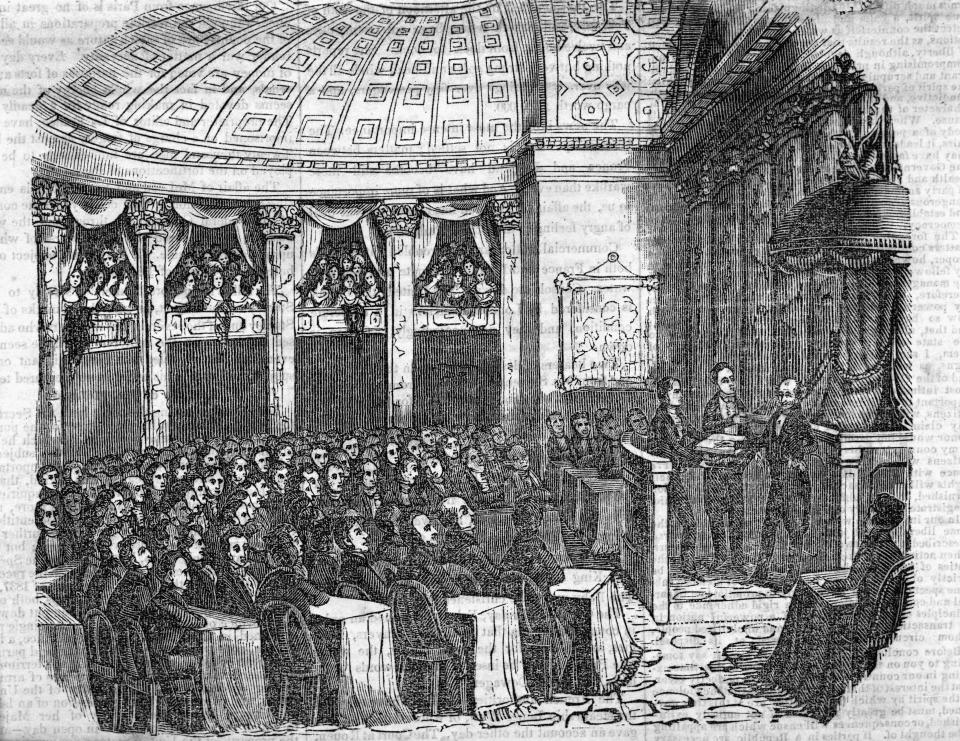
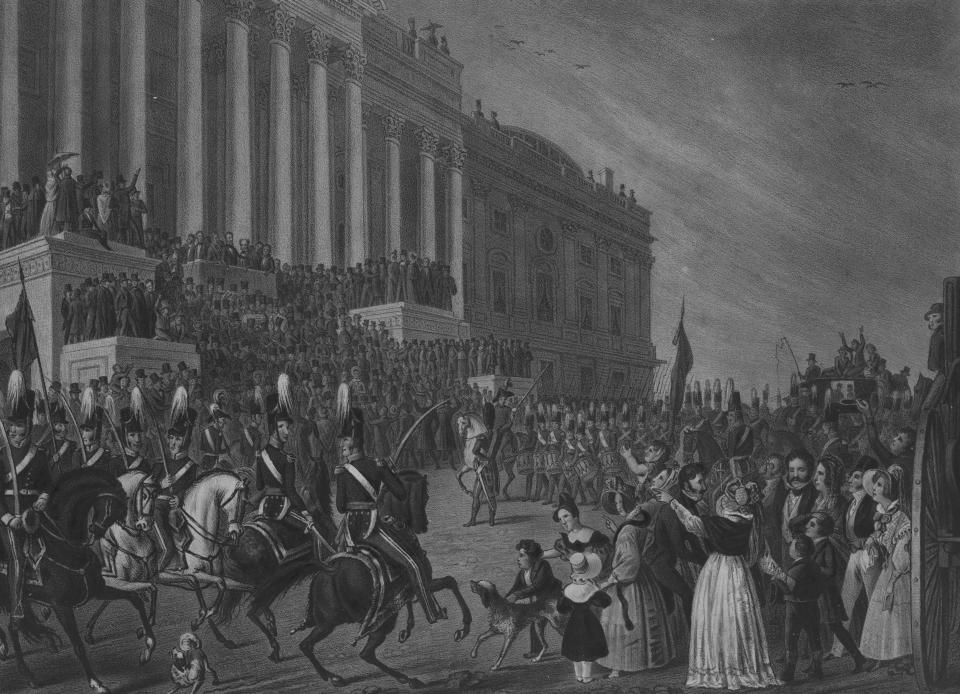
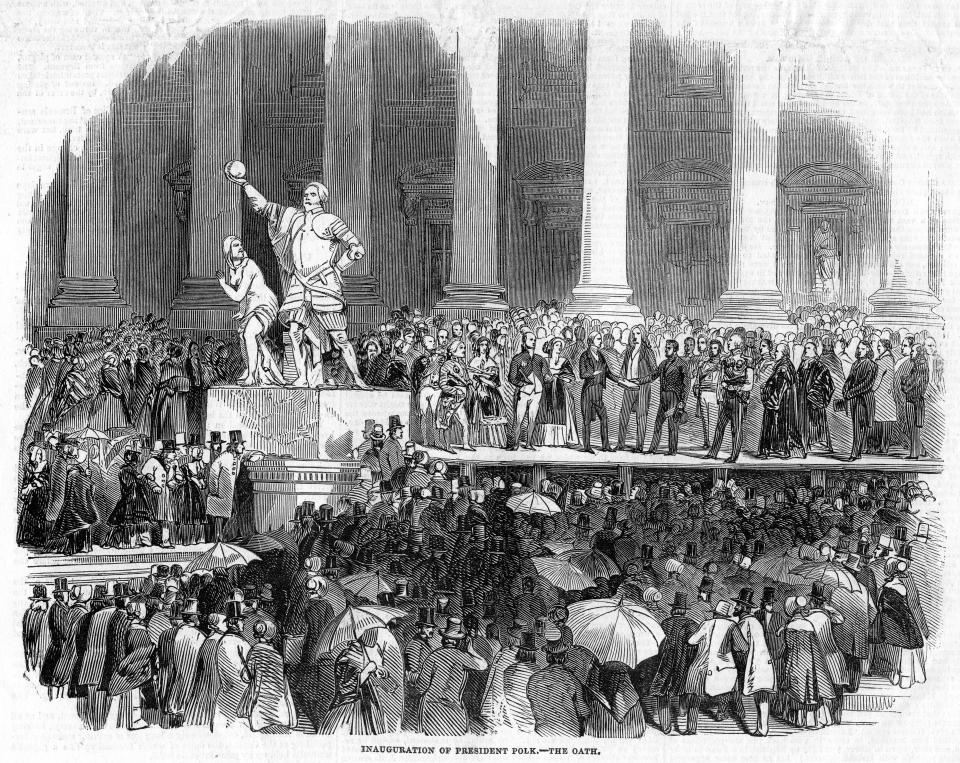
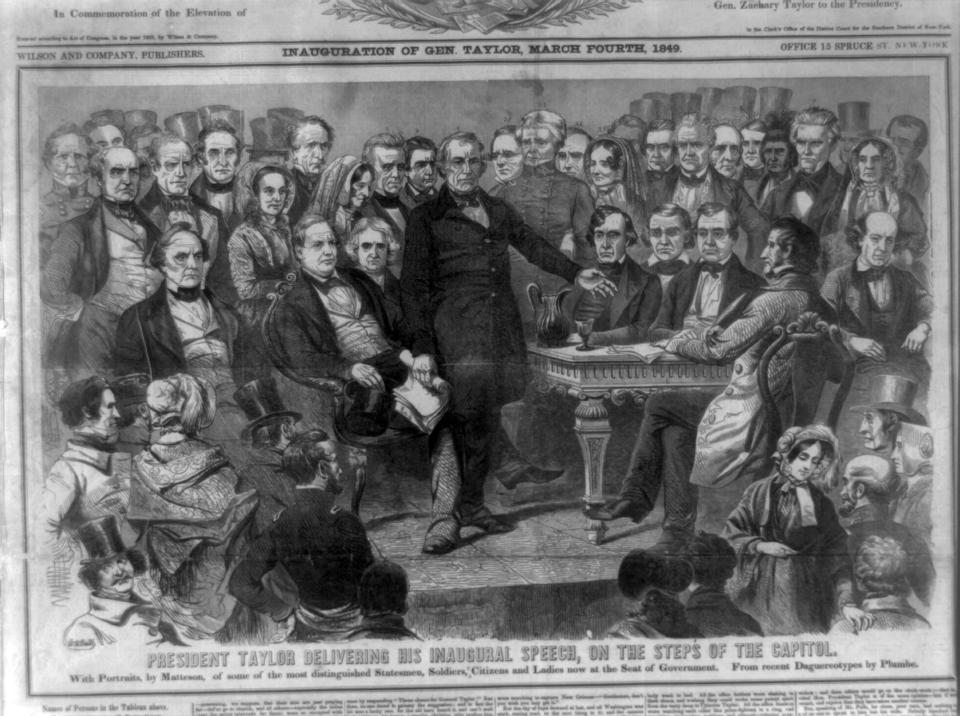
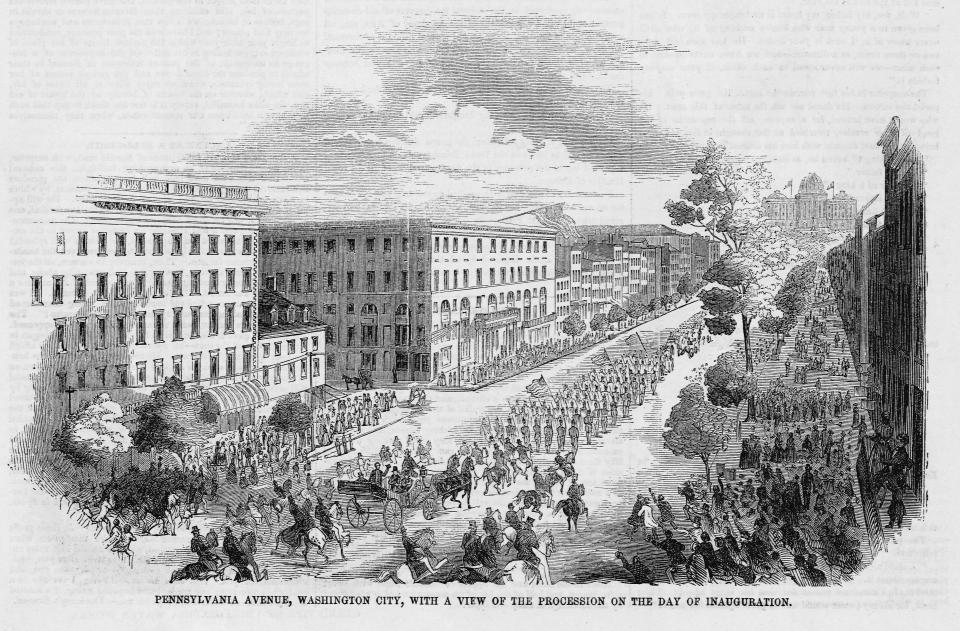
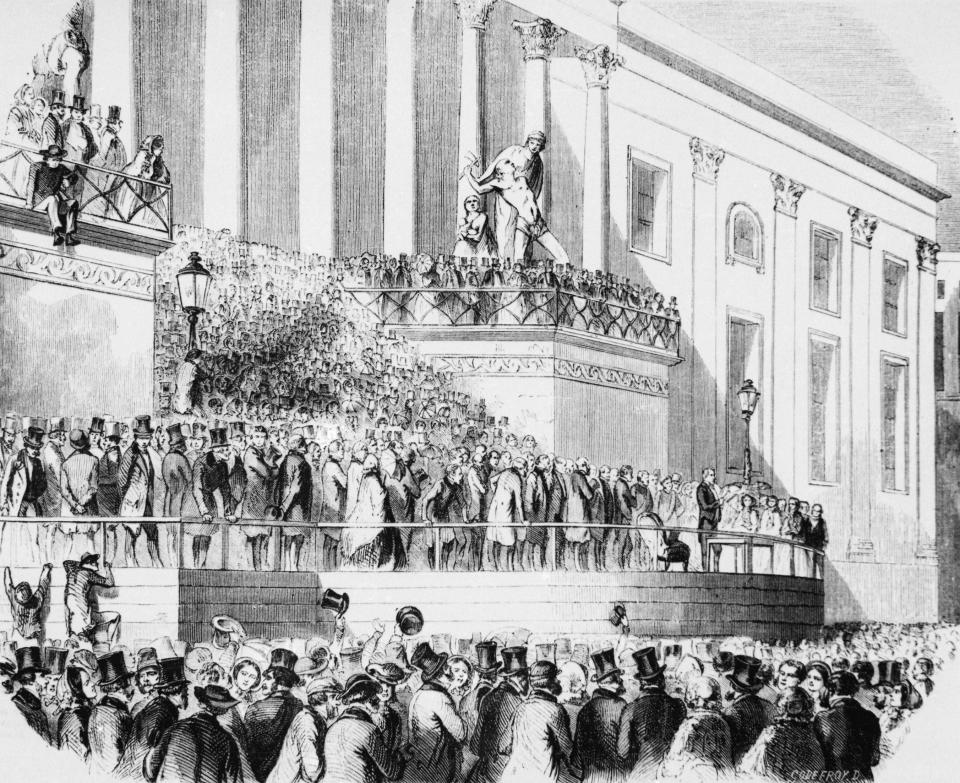
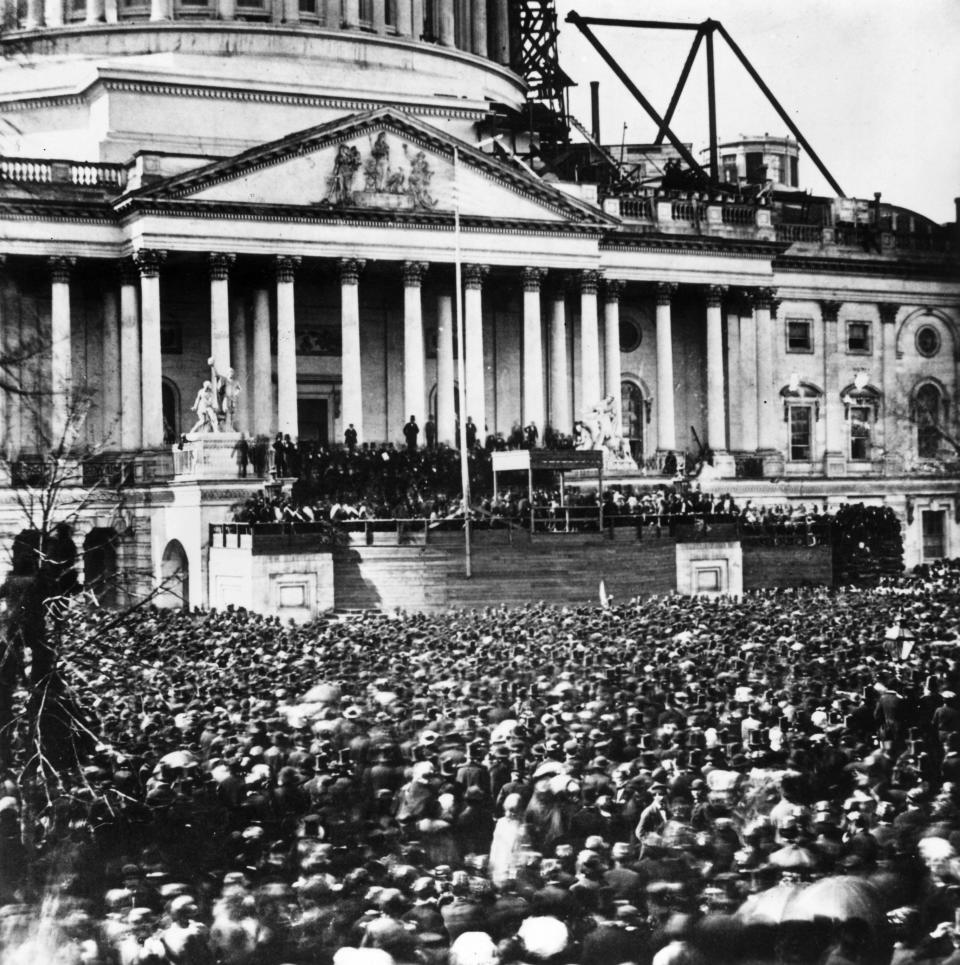

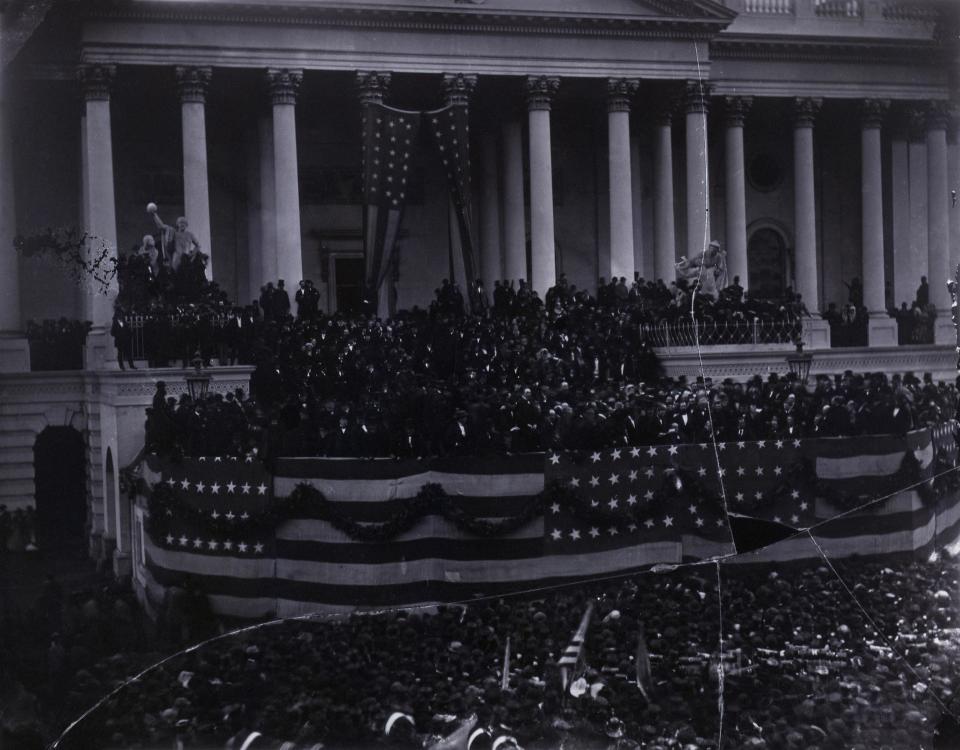
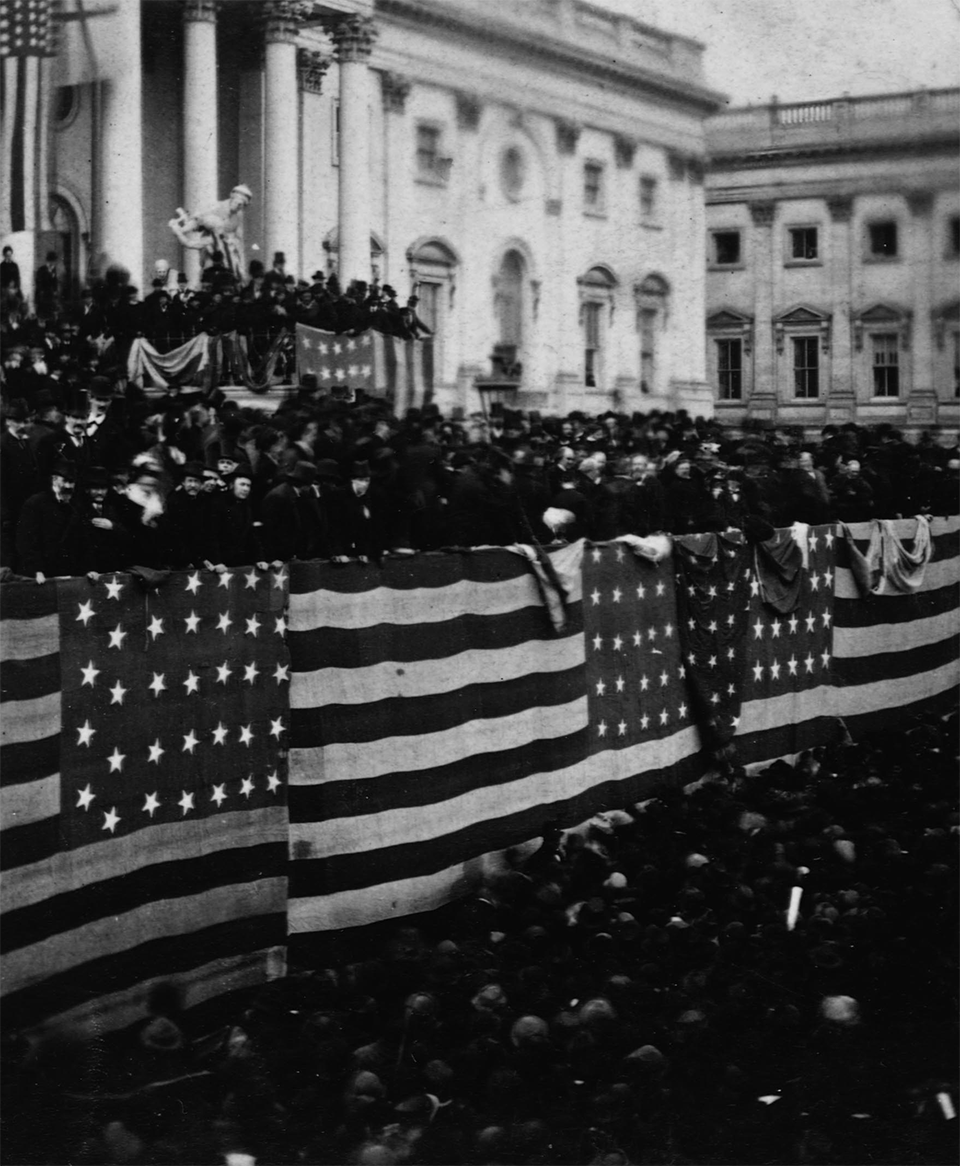
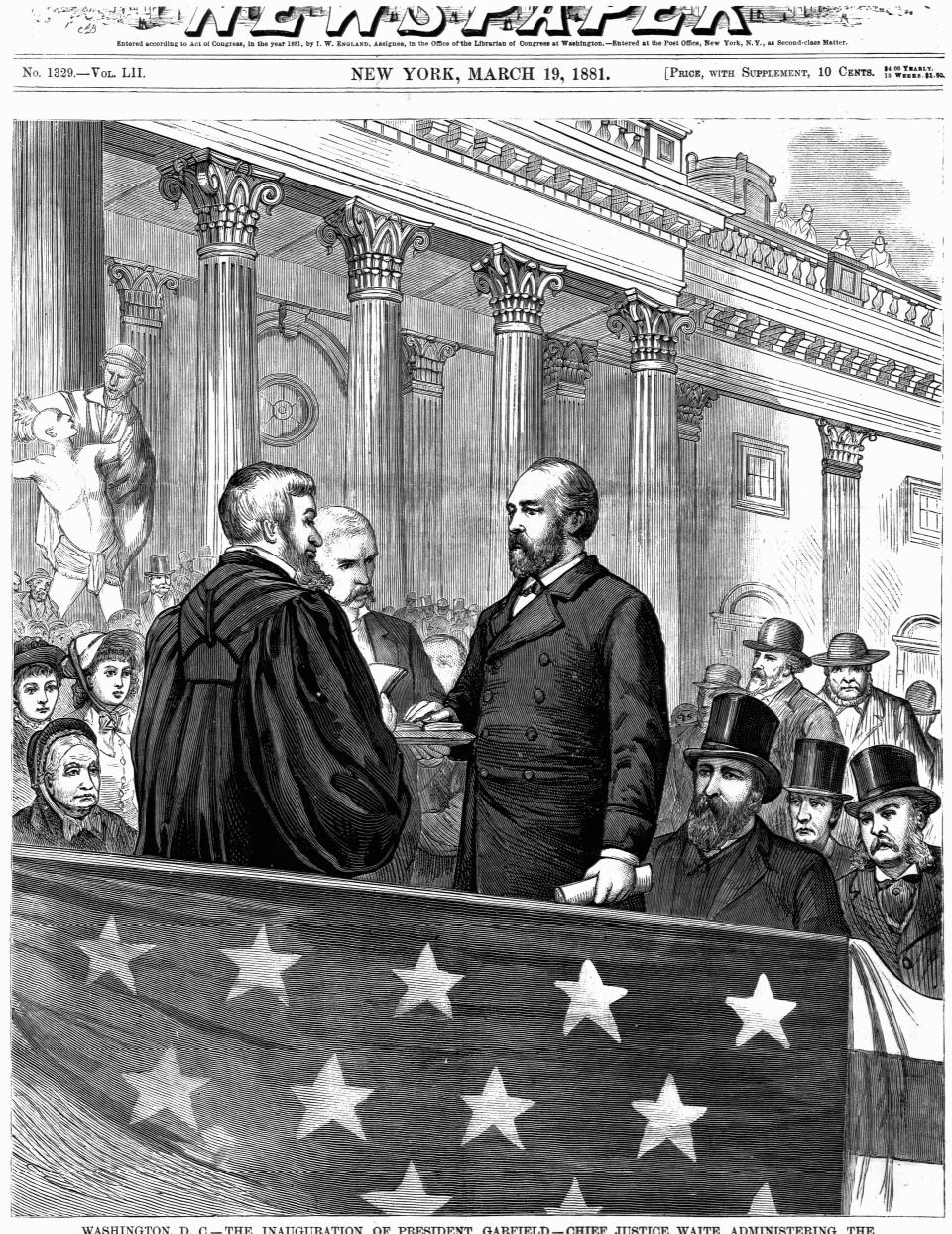
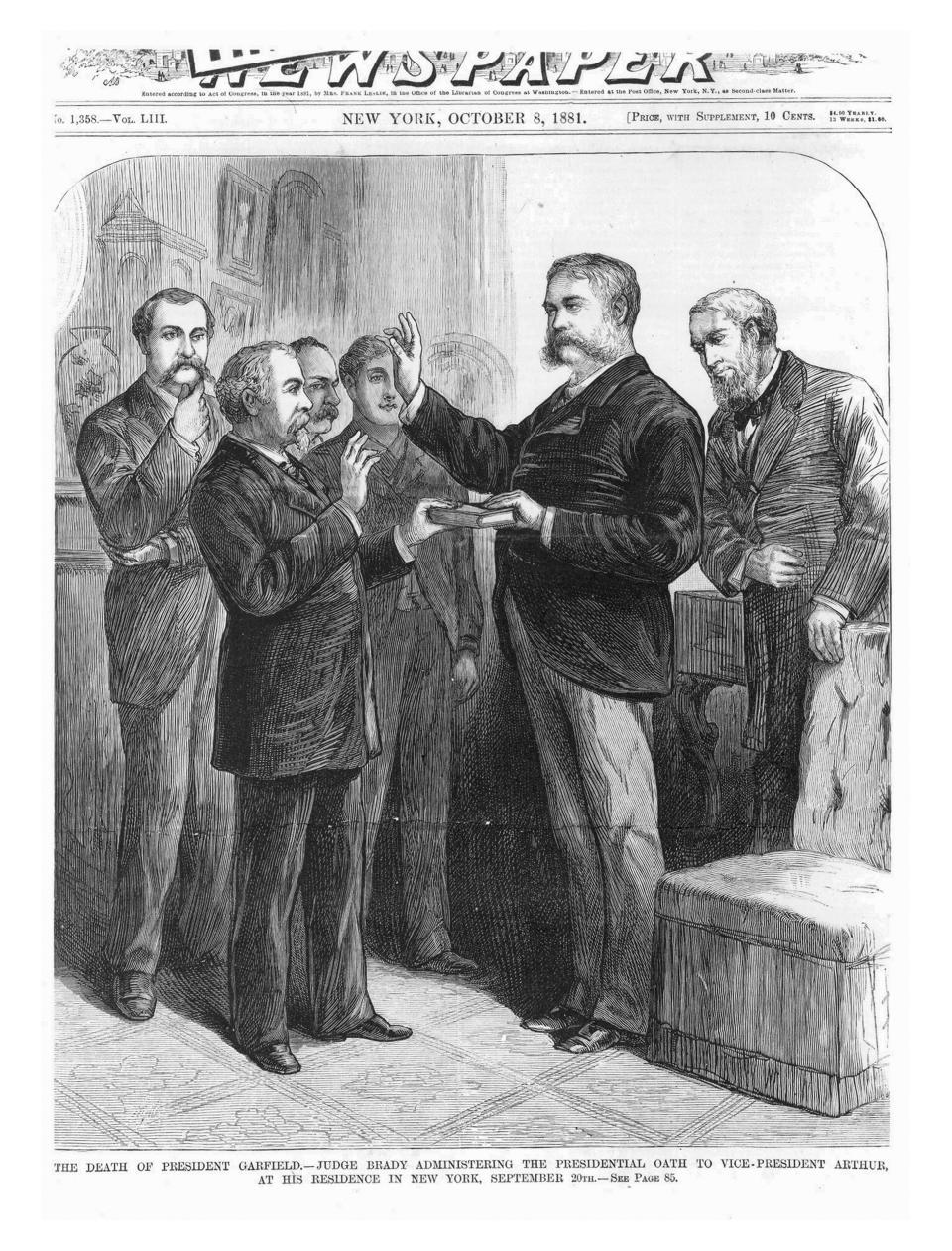
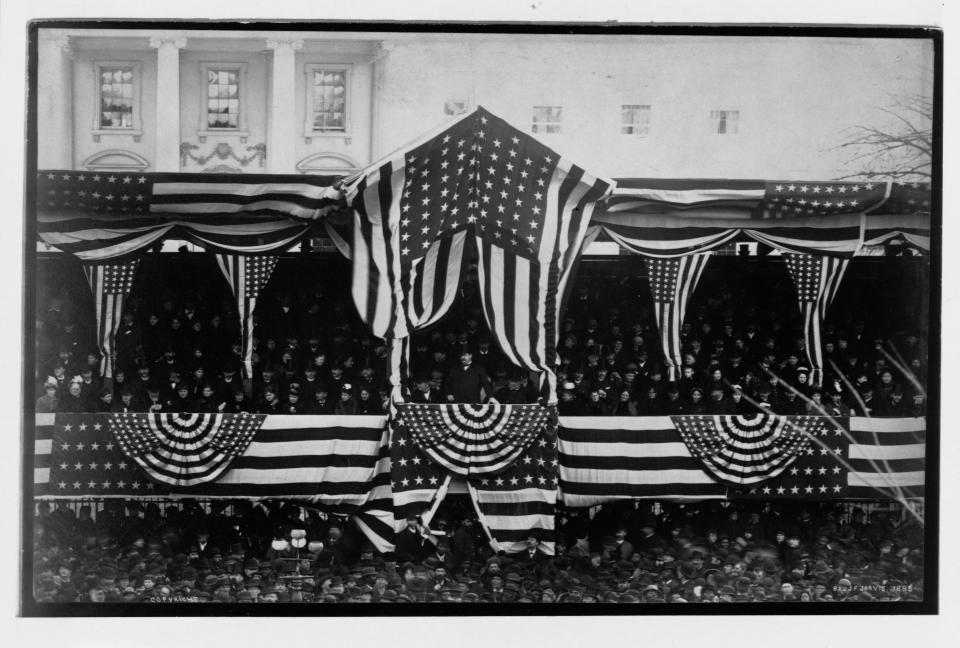
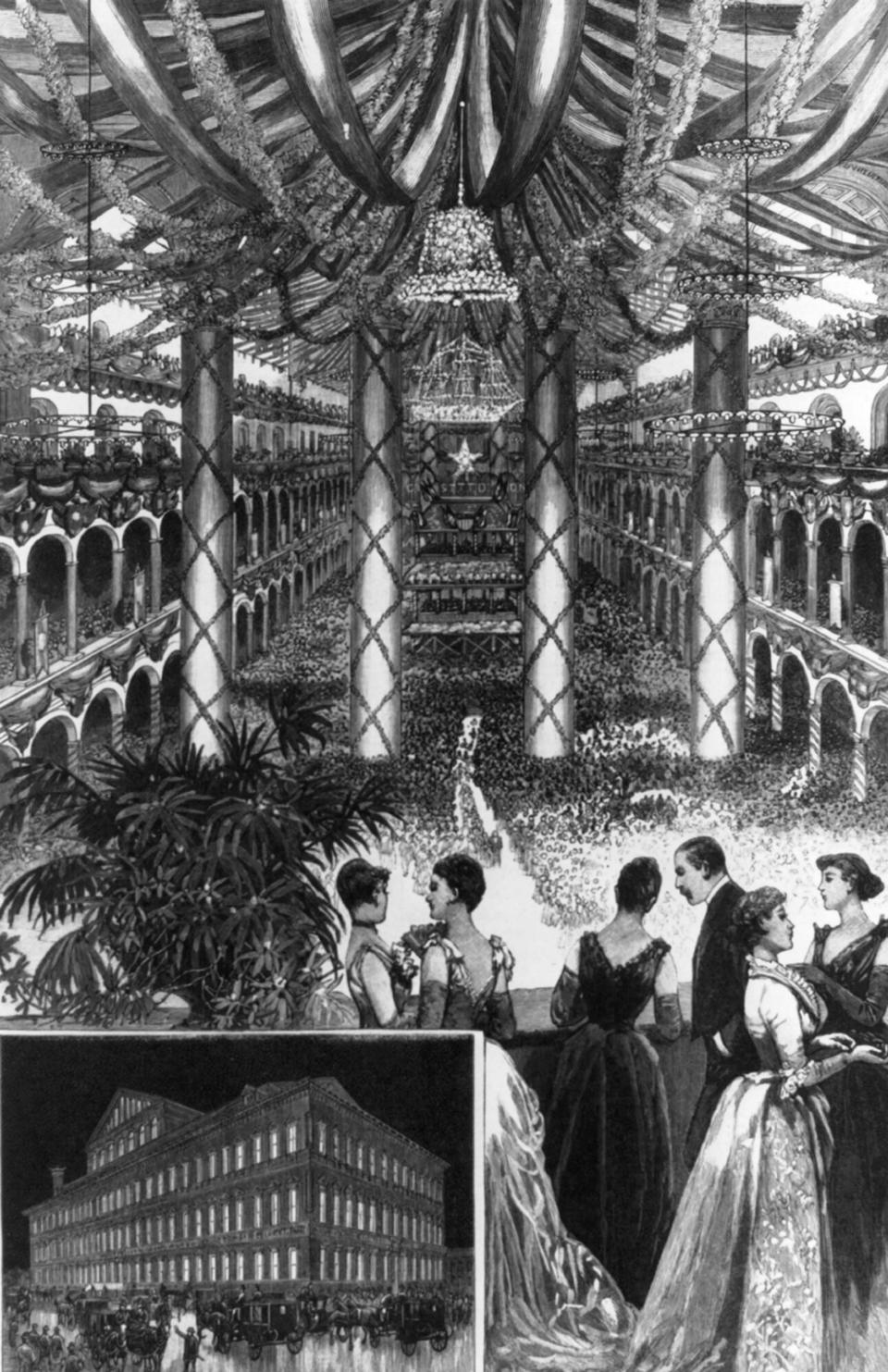
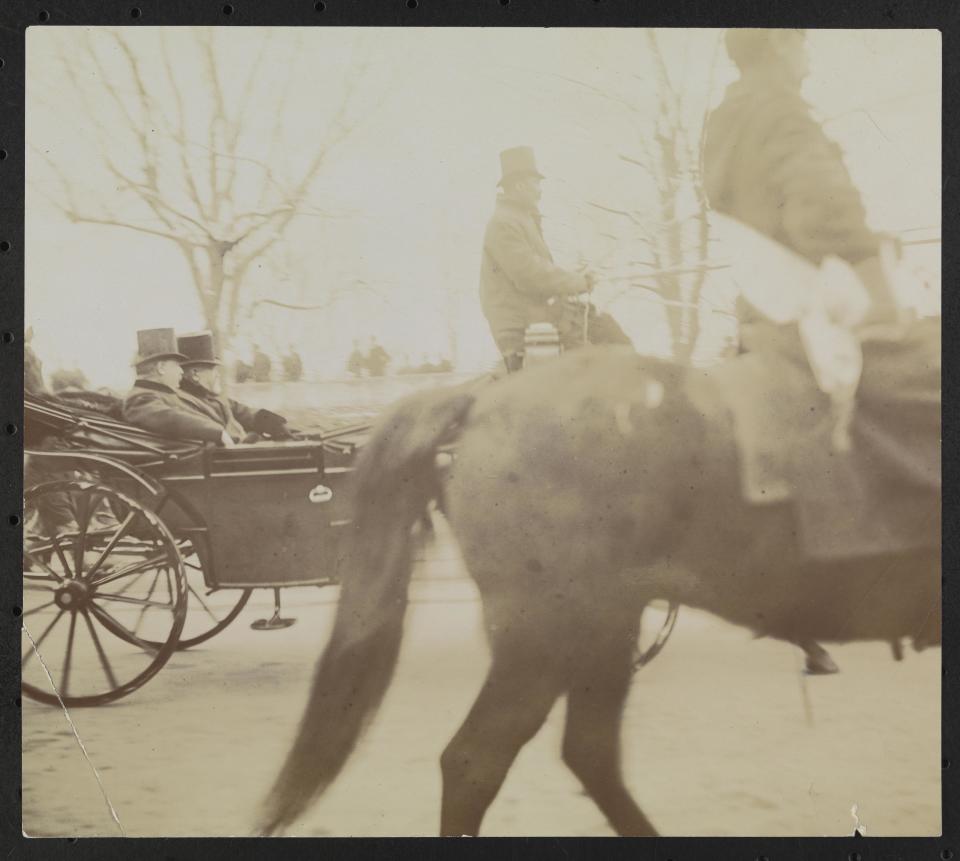

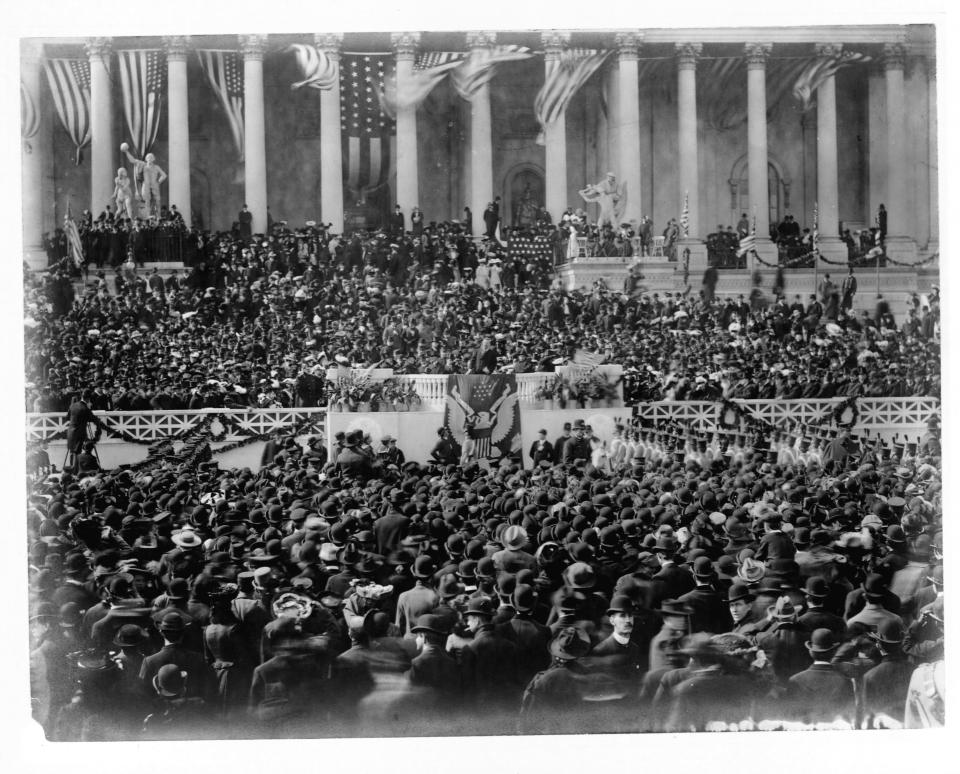
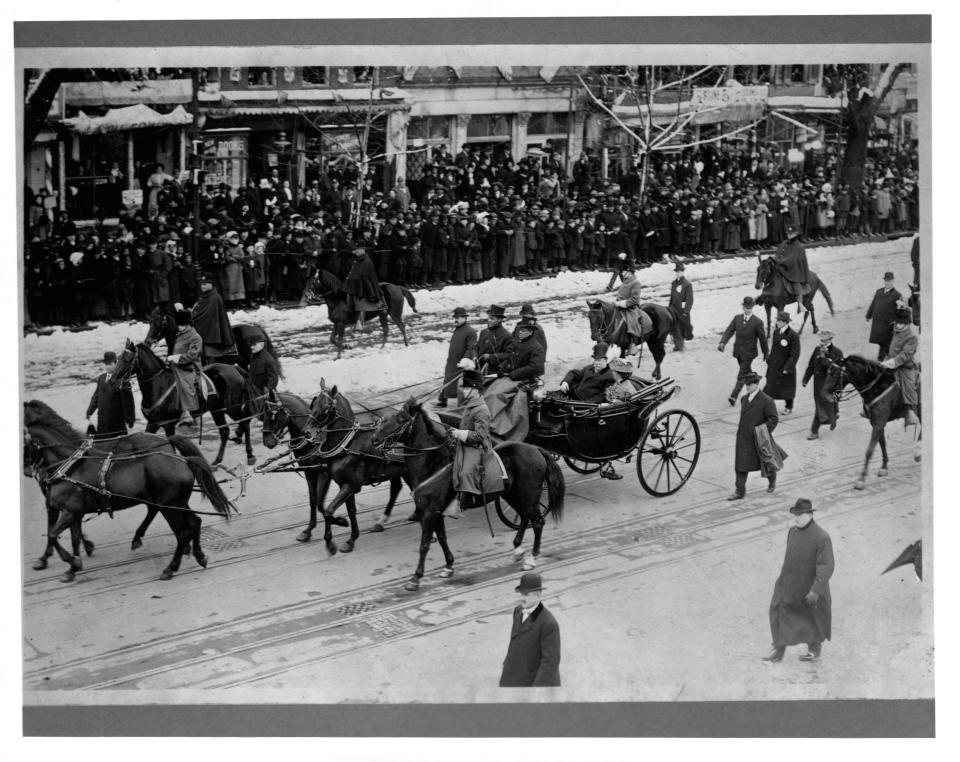
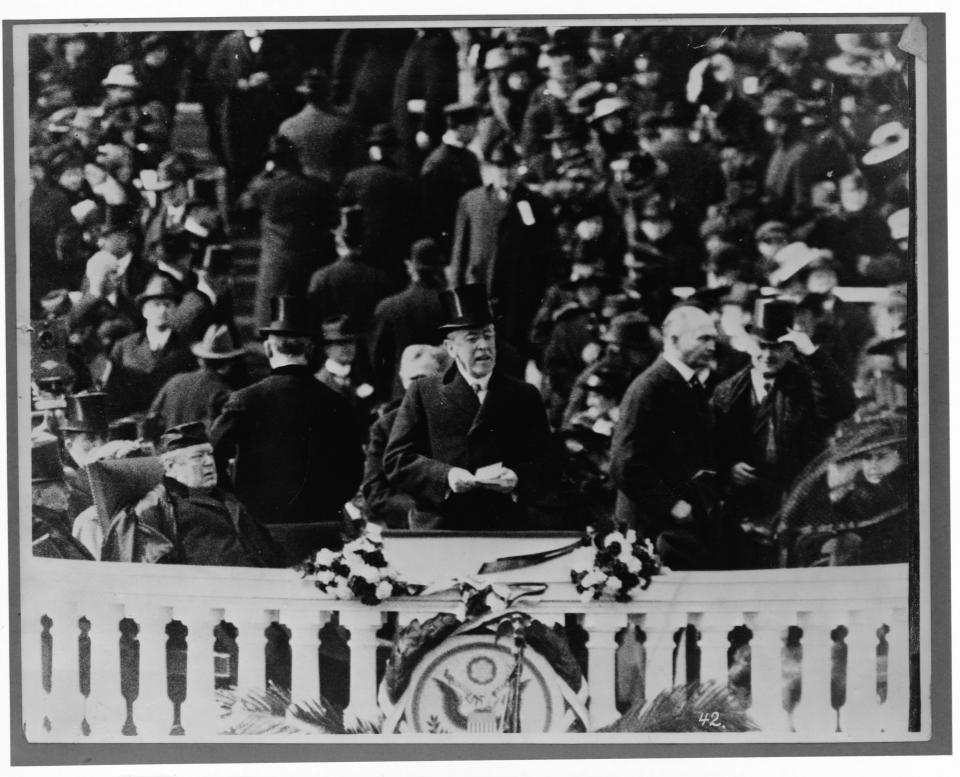
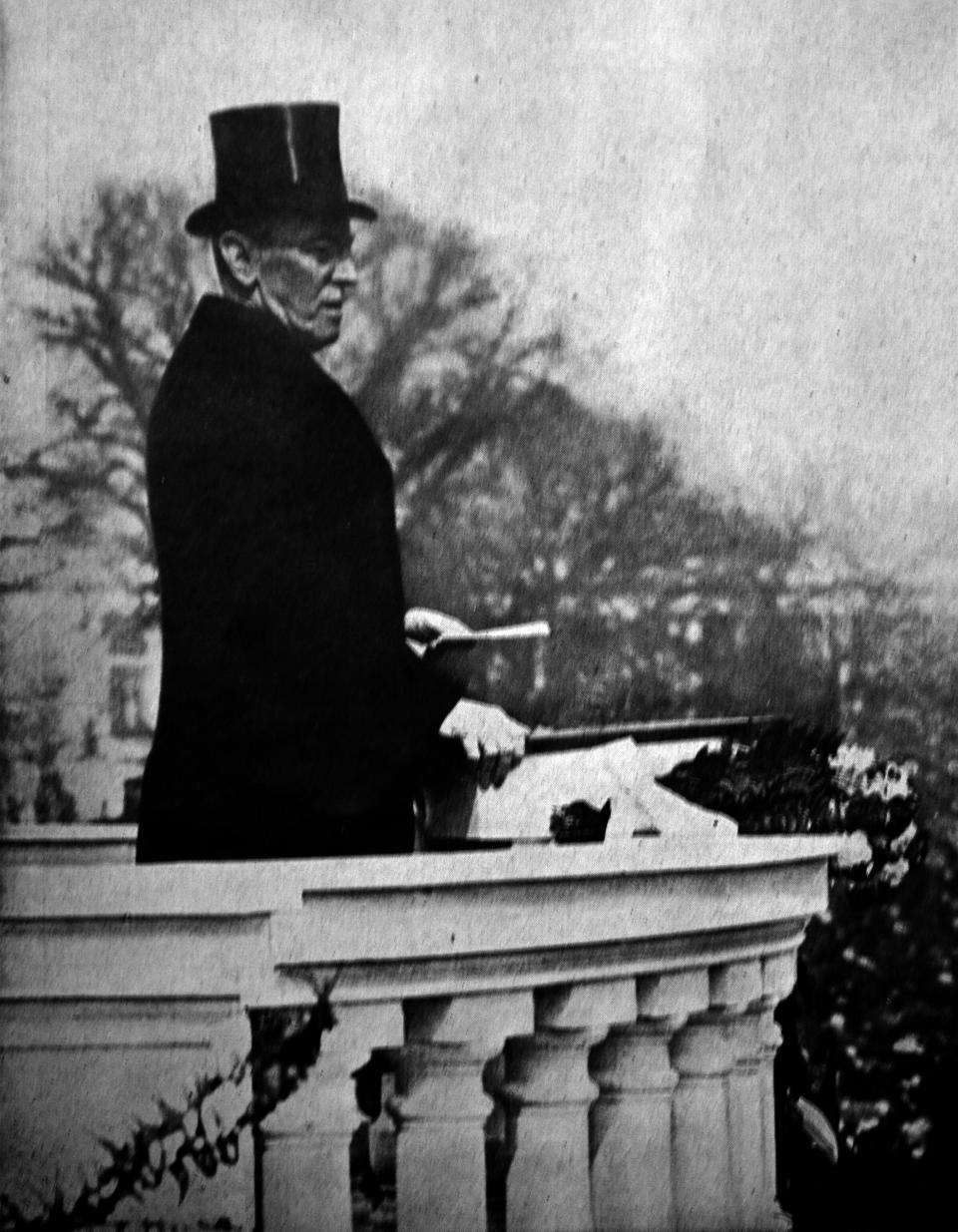
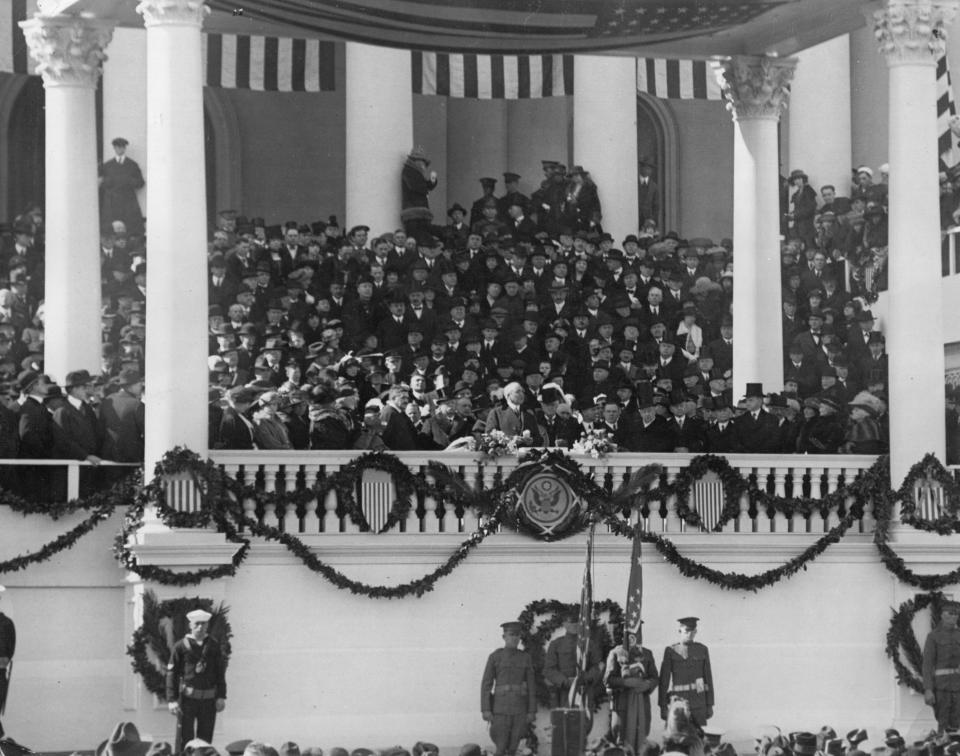
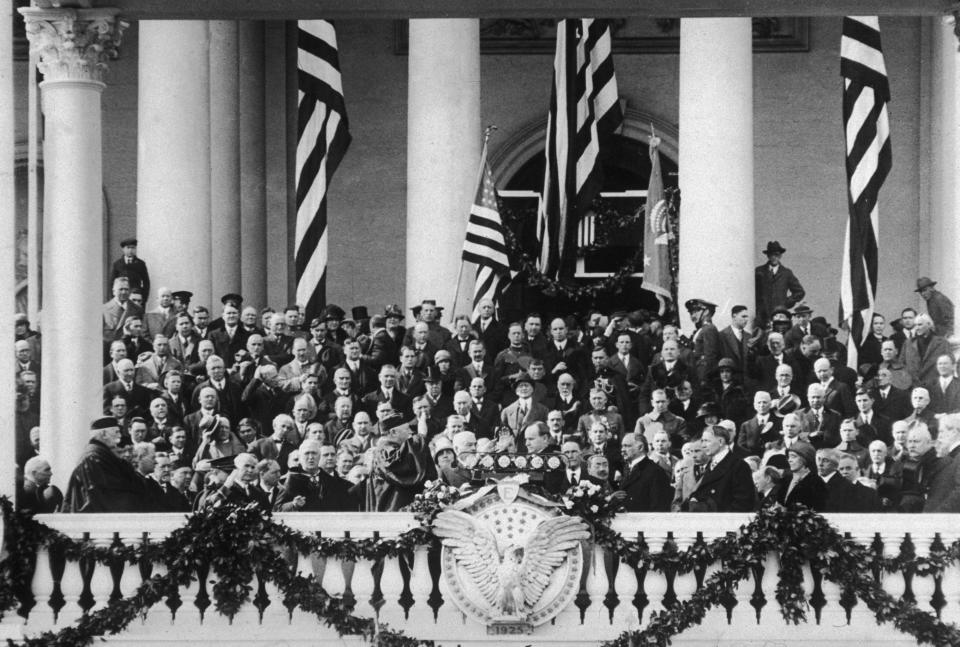
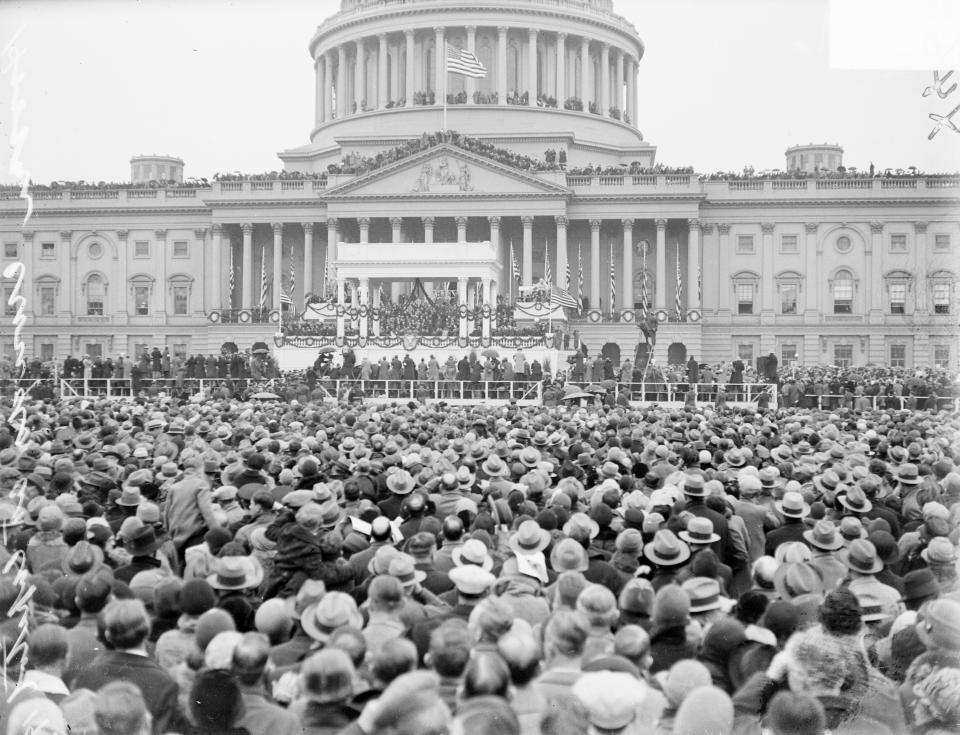
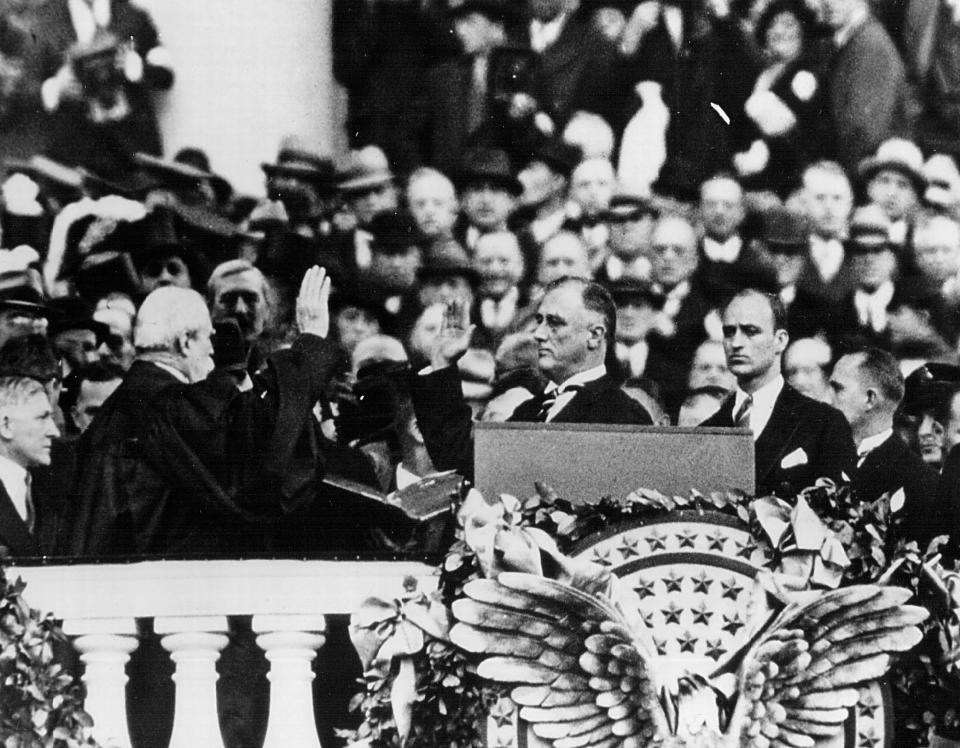
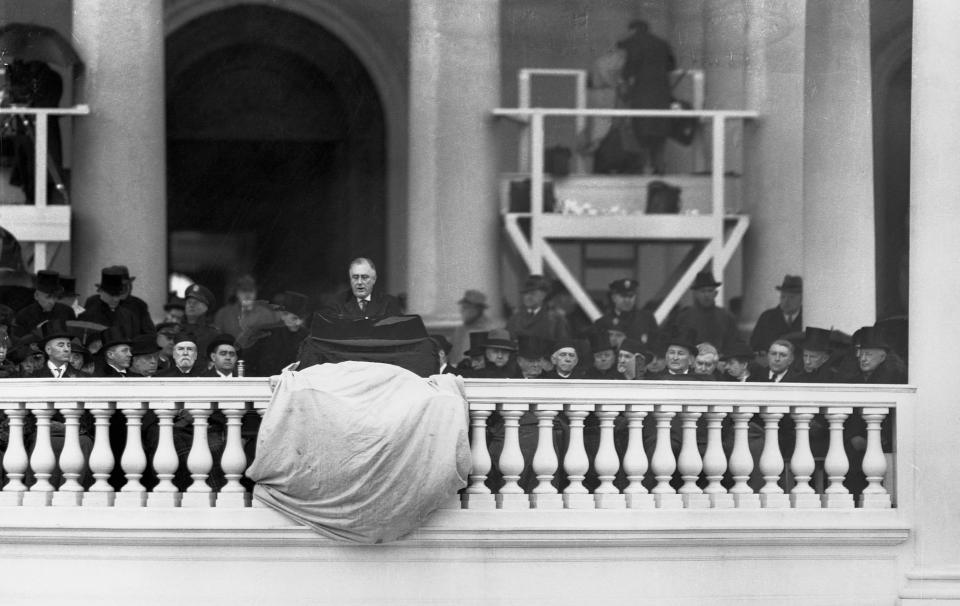
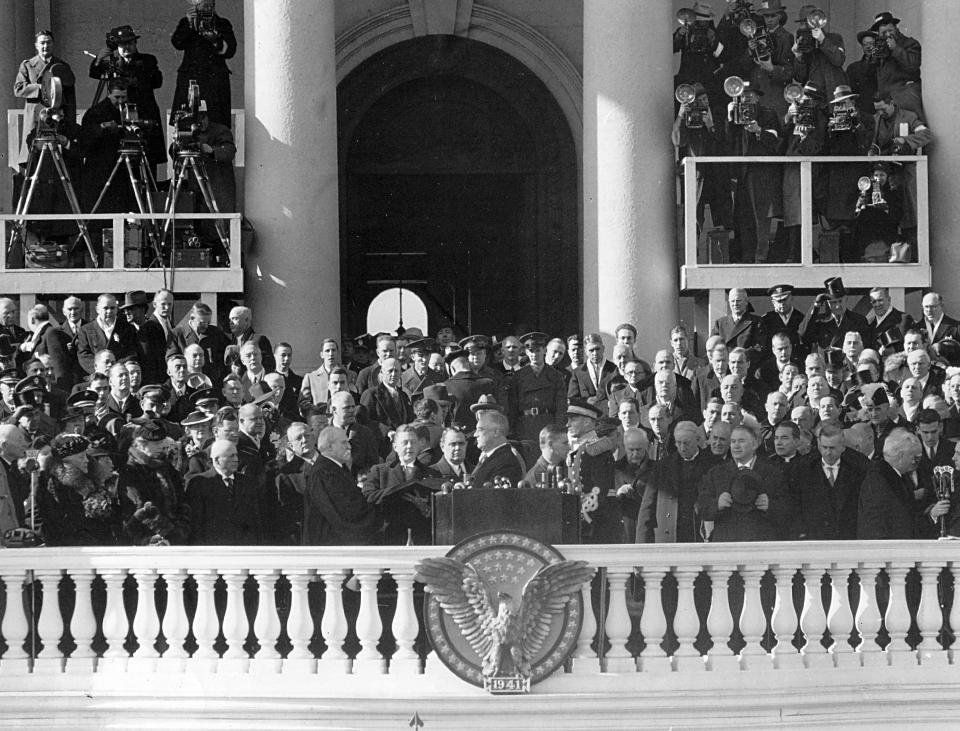
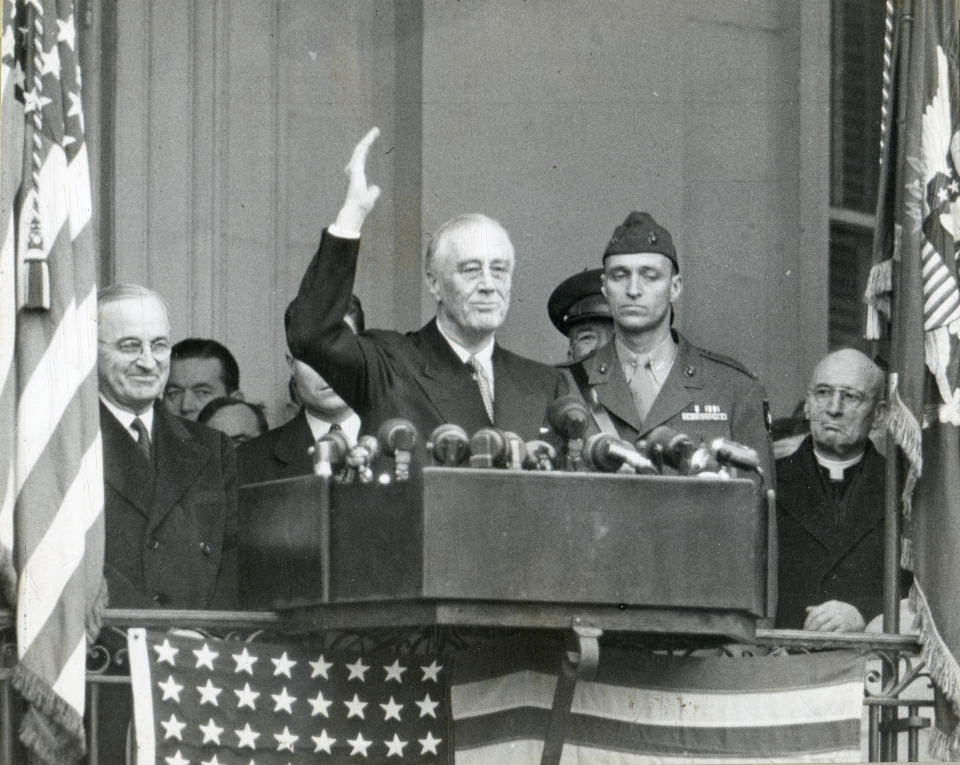
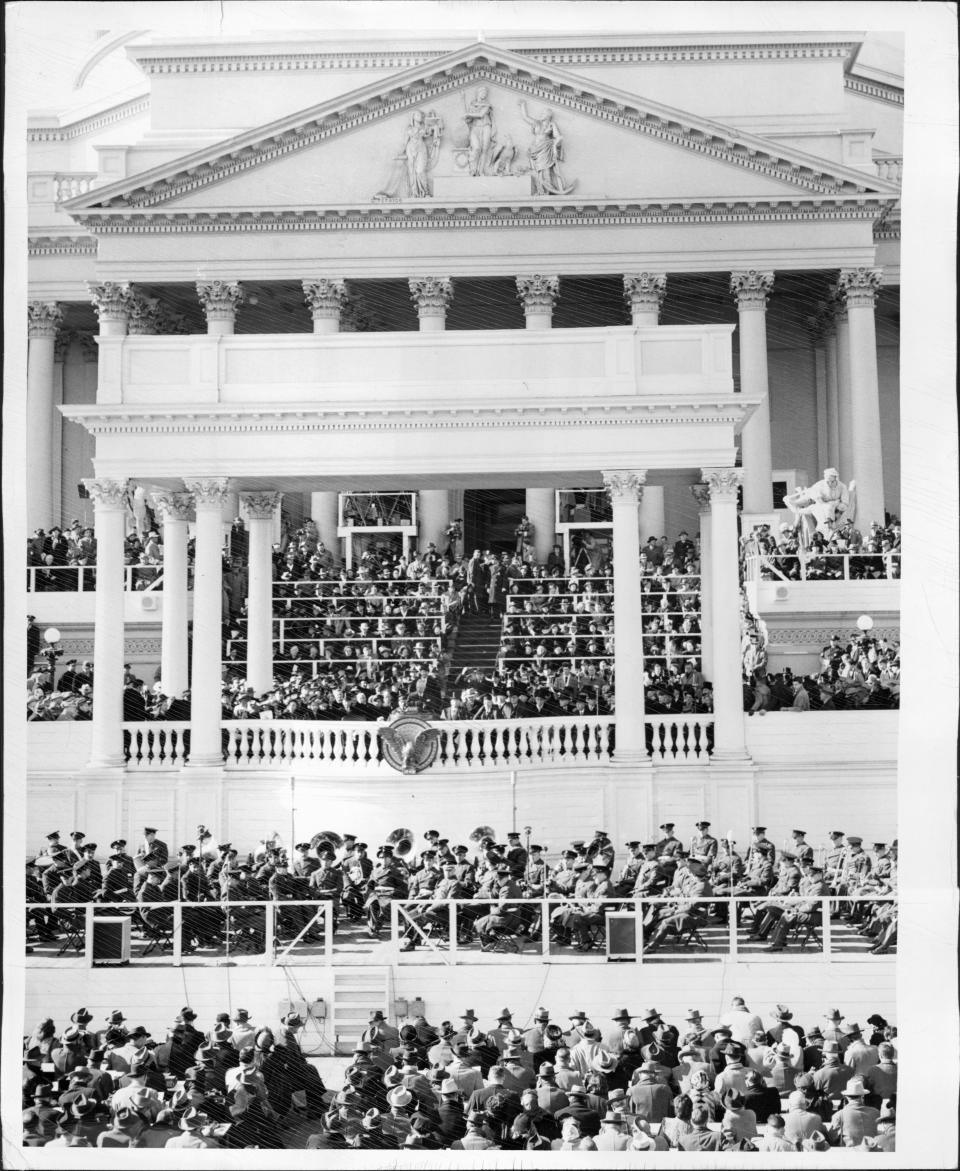
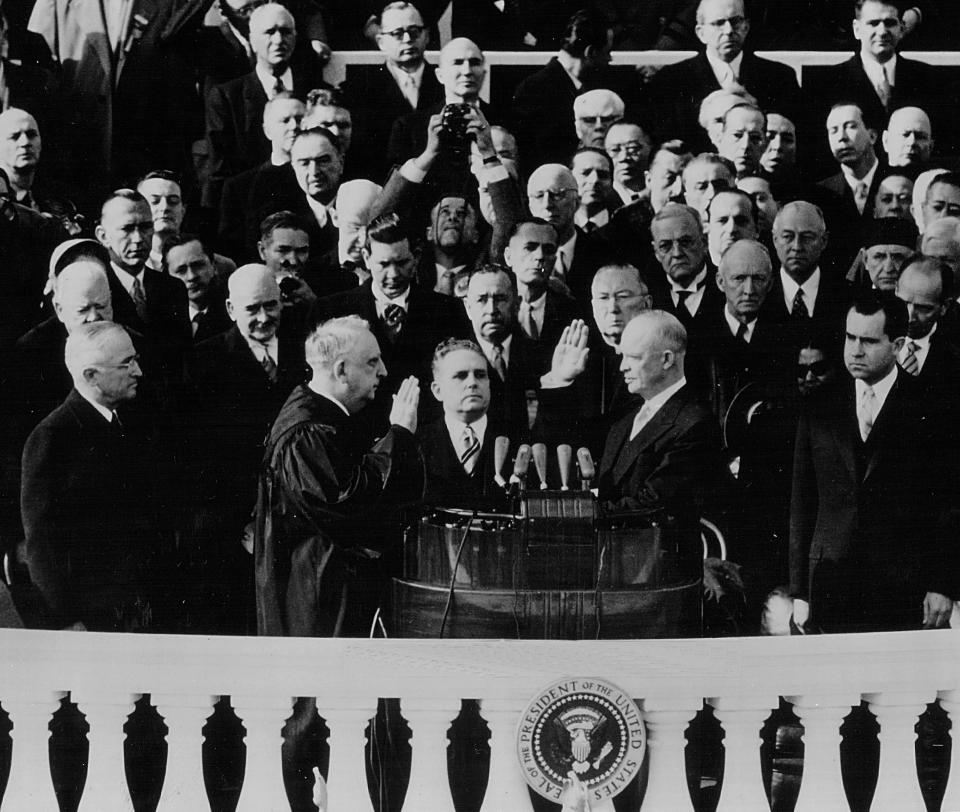
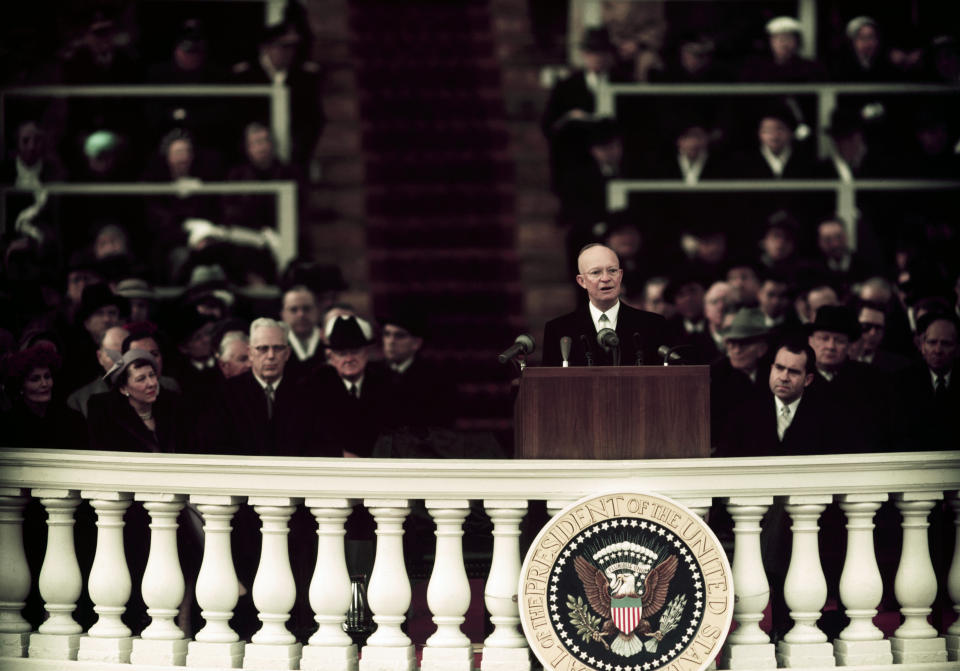
Love HuffPost? Become a founding member of HuffPost Plus today.
This article originally appeared on HuffPost.

